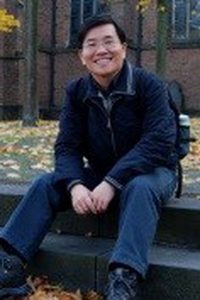Medicinal plants in Agriculture Experiment Stations:Bio-exchange and resources control between Taiwan and Japanese Empire
“The Principle of Biology”, the famous motto advocated by Goto Shinpei, was practiced and achieved deep influence on hygienic and colonial medical system in Taiwan. However, we may find the content of that principle could be extended from the hygienic sphere to a much wider scope than we imagined before. This biological sphere was gradually expanded in parallel with the expansion of Japanese empire through a sophisticated ‘bio-exchange’ process via the global network for remaking or substituting the local environment. To govern these complex bio resources, the colonial government had to construct various infrastructures and apply the ever-growing biotechnology in the first half of the twentieth century. In this project, I would like to highlight the Agriculture Experiment Station of the Office of the Governor General of Taiwan, a focal apparatus of bio-exchange which encompassed a sophisticated system of investigation, cultivation, acclimation, promotion and screening on the exchange of flora and fauna for protecting the agricultural products within the empire. I will, in the first stage of the project, pay more attention on the works of investigation, multi-regional cooperation, and transplantation of medicinal plants in various experiment stations in Taiwan, including some stations established by private company, such as Hoshi Pharmaceutical Company.
This study would encompass the following four themes:
1.What is the process of investigation and classification of medicinal resources within Taiwan and Japanese empire?
2.How to transplant and promote medicinal plant into farmland in Taiwan, and how to cooperate it with the pharmaceuticals industry.
3.What is the relationship between the promotion of medicinal plants and the research theme of“tropical medicine” which concomitantly emerged during the Japanese expansion into Southeast Asia?
4.What is the influence of this transplantation of medicinal plants to the agricultural landscape of Taiwan? Did it transform the episteme of plants rooted on Bencao (Honzo, 本草) which within Japanese and Taiwanese shared, and what was the reaction of colonial society towards this novel material?


